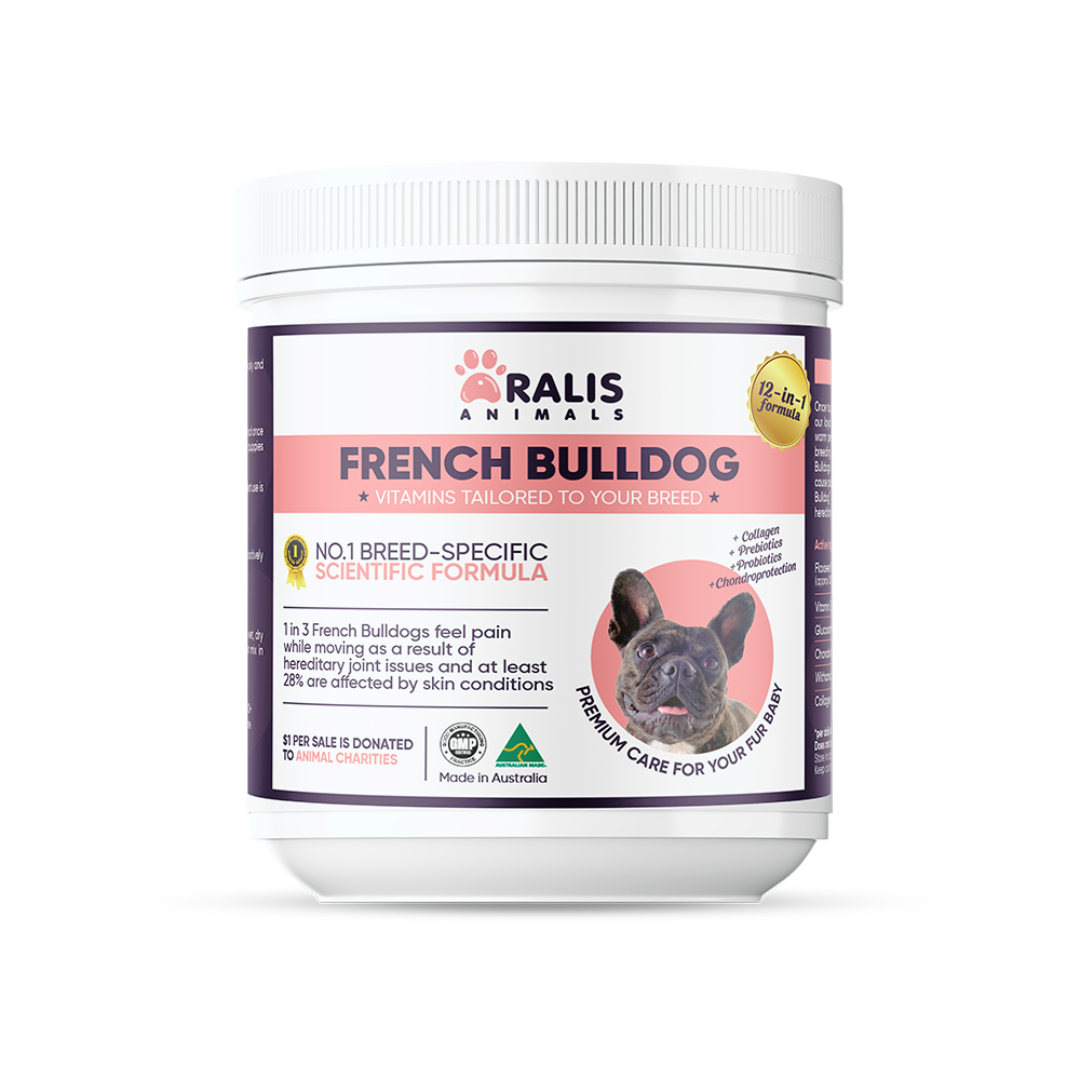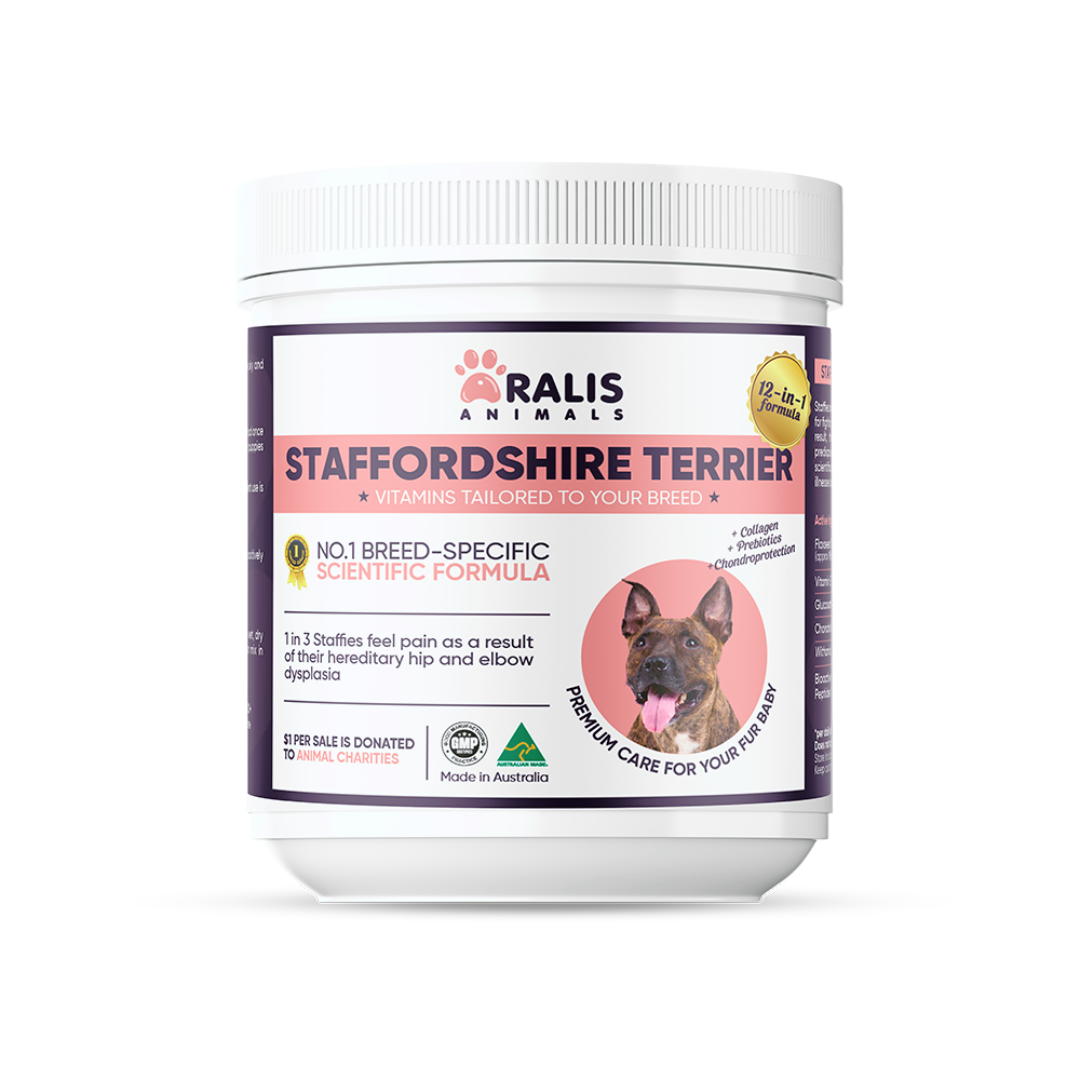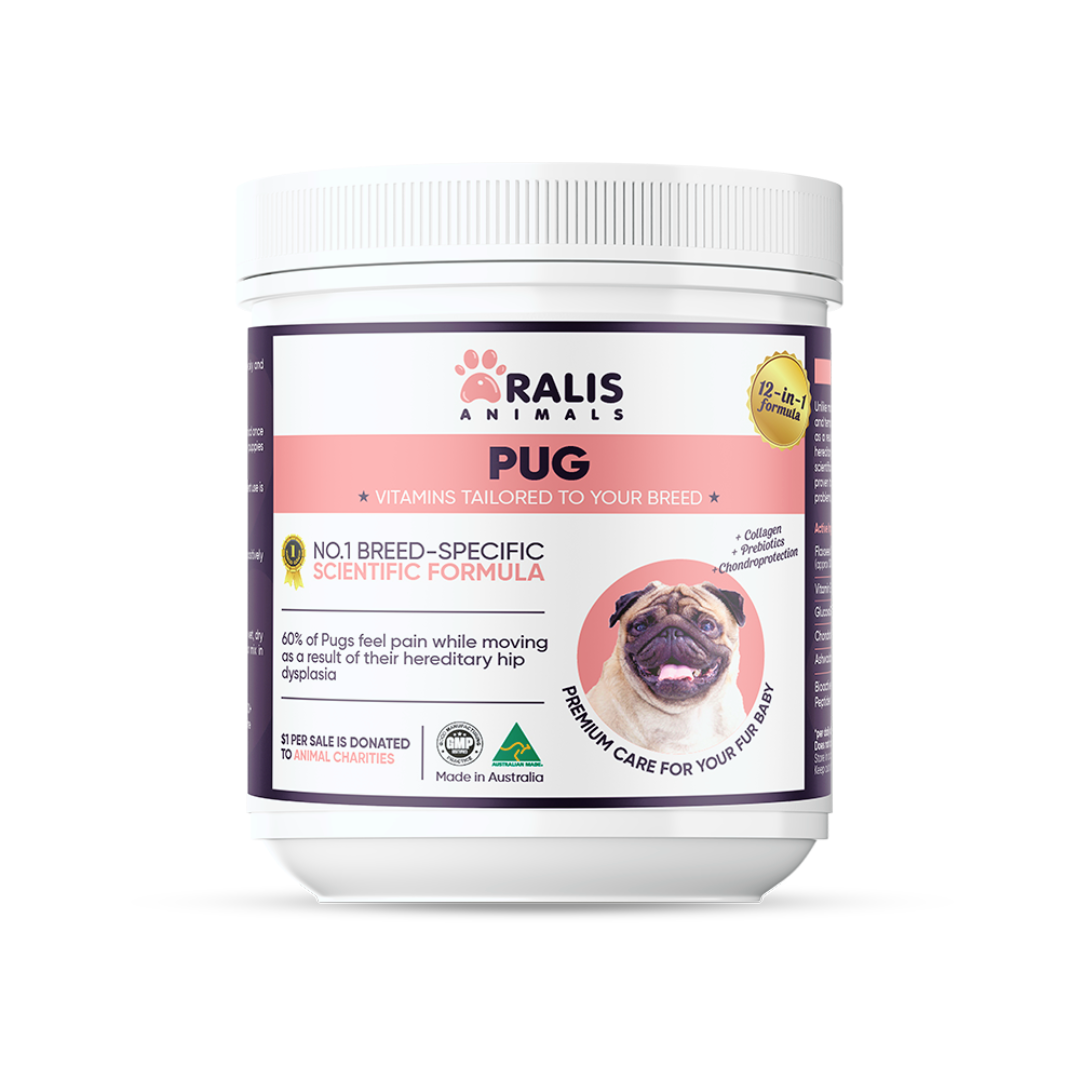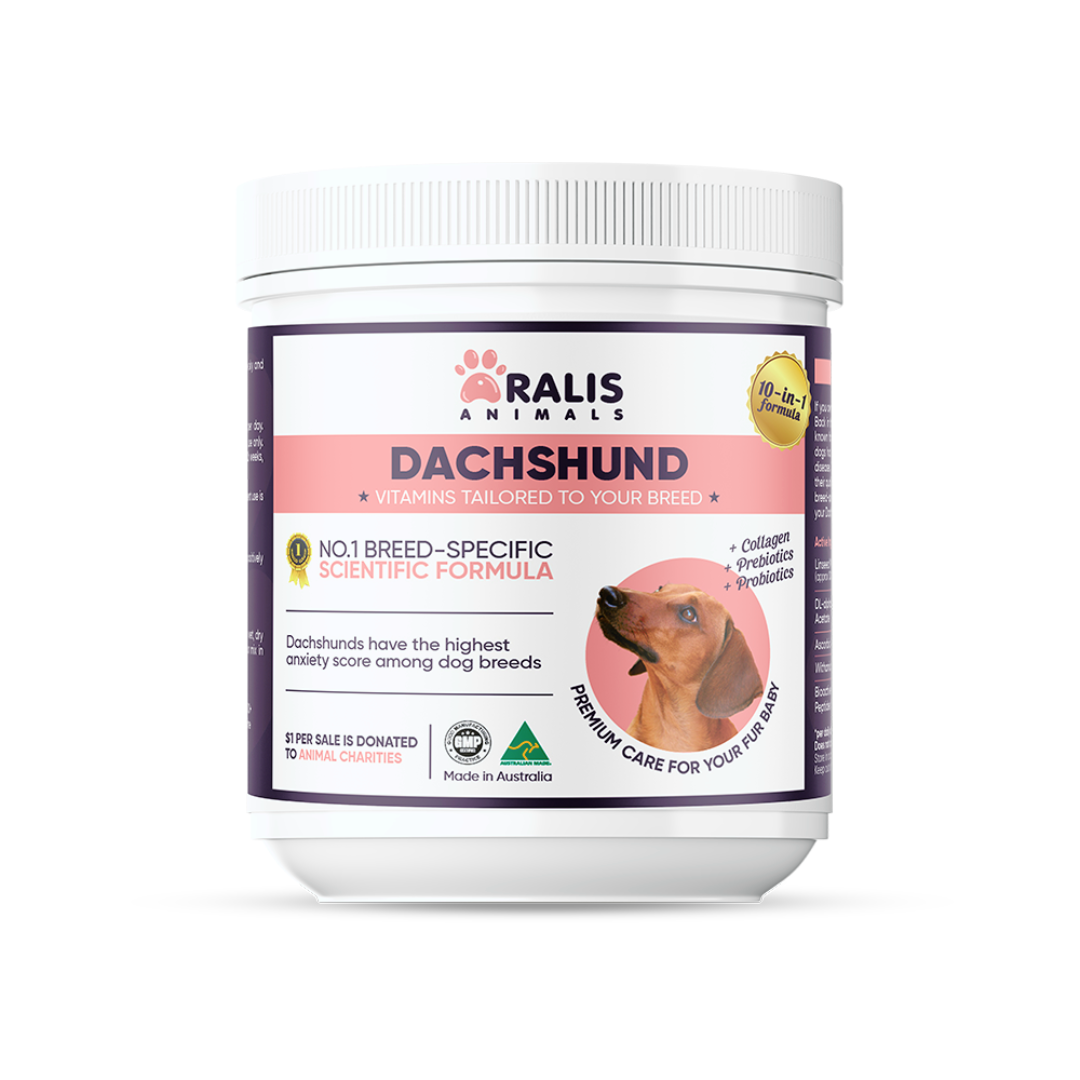Curing Dog Separation Anxiety Quickly: Training and Medication Options
Separation anxiety in dogs is a common and distressing issue that can cause significant challenges for both the pet and their owner. When a dog experiences intense anxiety and stress upon being left alone, it can lead to destructive behaviors, excessive vocalization, and even physical harm. Fortunately, there are effective strategies and treatments available to help alleviate this condition and restore a sense of calm and security for your canine companion.
Understanding Separation Anxiety in Dogs
Separation anxiety is a complex behavioral disorder that arises when a dog becomes overly attached to their owner or primary caregiver. This attachment can be so strong that the dog experiences intense fear, panic, and distress when separated from their loved one, even for short periods. The root causes of separation anxiety can vary, from a traumatic event in the dog's past to a lack of proper socialization and training.
The impact of separation anxiety on both the dog and the owner can be significant. Dogs may engage in destructive behaviors like chewing, scratching, or even attempting to escape, often causing damage to the home. They may also experience physical symptoms like excessive panting, drooling, or even self-harm. For owners, dealing with a dog's separation anxiety can be emotionally and financially draining, as they struggle to find solutions and manage the disruptive behaviors.
Recognizing Separation Anxiety Symptoms
Identifying the signs of separation anxiety is the first step in addressing the issue. Common behavioral indicators include:
- Excessive barking, howling, or whining when left alone
- Destructive behaviors like chewing, digging, or scratching at doors and windows
- Attempts to escape the home or confinement area
- Urinating or defecating inside the house, even when the dog is otherwise well-trained
Emotional and physical symptoms can also be telling, such as:
- Pacing, panting, or trembling when the owner prepares to leave
- Excessive drooling or salivation
- Loss of appetite or refusal to eat when the owner is away
- Depression or lethargy when the owner returns
Recognizing these signs early on can help you address the issue proactively and prevent the condition from worsening over time.
Training Strategies for Separation Anxiety
One of the most effective ways to address separation anxiety in dogs is through gradual desensitization and counterconditioning training. This approach involves slowly exposing the dog to brief periods of separation, while pairing the experience with positive reinforcement and rewards.
The key is to start with very short durations of time away, such as a few seconds, and gradually increase the length of separation over time. During these training sessions, it's important to provide the dog with engaging toys, treats, or other distractions to associate the owner's departure with positive experiences.
Positive reinforcement methods, such as rewarding calm and relaxed behavior, can also be highly effective in helping the dog learn to cope with being alone. Creating a consistent departure routine, where the owner performs the same set of actions before leaving, can also help the dog feel more secure and less anxious.
Medication and Supplement Options
In some cases, training alone may not be enough to effectively manage a dog's separation anxiety. In these situations, veterinarian-prescribed medications or natural supplements can be a valuable addition to the treatment plan.
Medications like selective serotonin reuptake inhibitors (SSRIs) or anti-anxiety drugs can help reduce the intensity of the dog's anxiety and make them more receptive to training. These medications should always be prescribed and monitored by a licensed veterinarian, as they can have potential side effects.
Natural supplements, such as pheromone-based products or calming herbs, can also provide a gentler approach to managing separation anxiety. These options may be particularly useful for dogs with mild to moderate anxiety, or as a complement to other treatment methods.
Home Remedies and Management Strategies
In addition to formal training and medication, there are several home remedies and management strategies that can help alleviate a dog's separation anxiety:
Environmental modifications, such as providing a comfortable and secure space for the dog to retreat to when left alone, can help reduce stress. This may include creating a cozy crate or designated "safe room" with familiar toys and bedding.
Mental stimulation techniques, like puzzle toys or food-dispensing devices, can keep the dog's mind engaged and distracted during the owner's absence. Regular exercise and physical activity can also help reduce anxiety and promote a sense of calm.
In some cases, seeking the guidance of a professional dog behaviorist or trainer may be necessary to develop a comprehensive treatment plan tailored to the individual dog's needs. These experts can provide personalized guidance and support, helping the owner and their pet overcome the challenges of separation anxiety.
Conclusion
Curing dog separation anxiety can be a challenging but rewarding process, requiring patience, consistency, and a multi-faceted approach. By combining effective training strategies, medication or supplement options, and home management techniques, you can help your canine companion overcome their anxiety and enjoy a more secure and fulfilling life by your side.
Remember, every dog is unique, and what works for one may not work for another. Be prepared to try different methods and work closely with your veterinarian or a qualified professional to find the right solution for your furry friend. With the right support and care, you can help your dog overcome separation anxiety and restore a sense of calm and well-being in your home.





